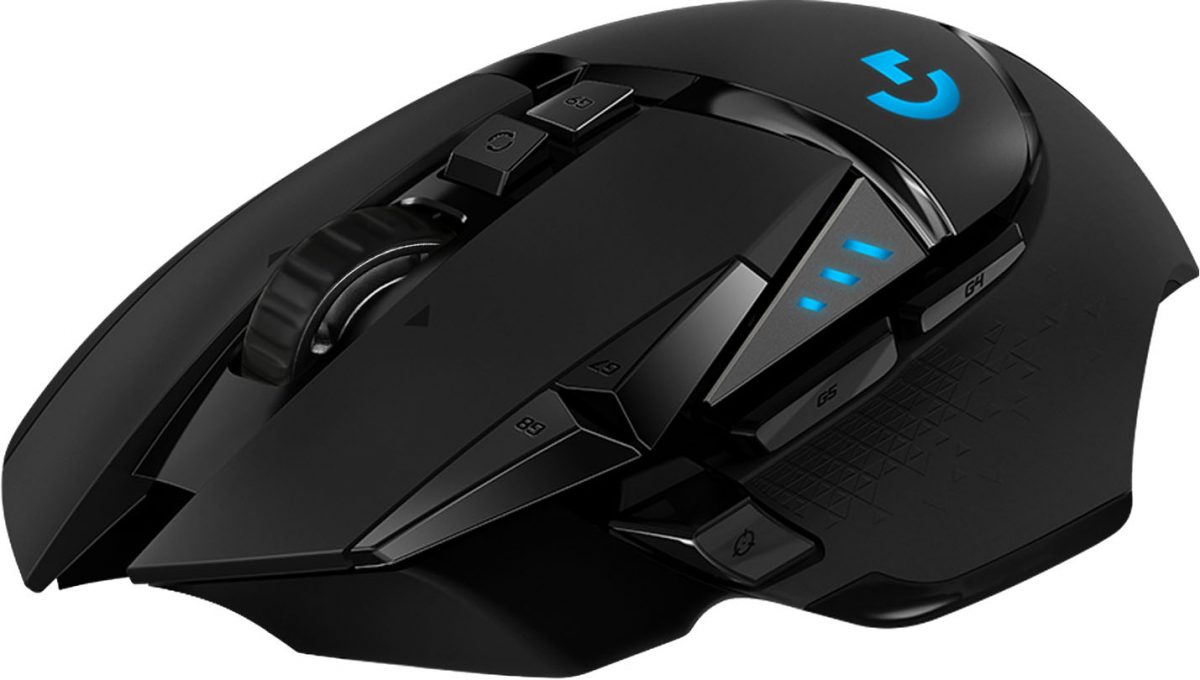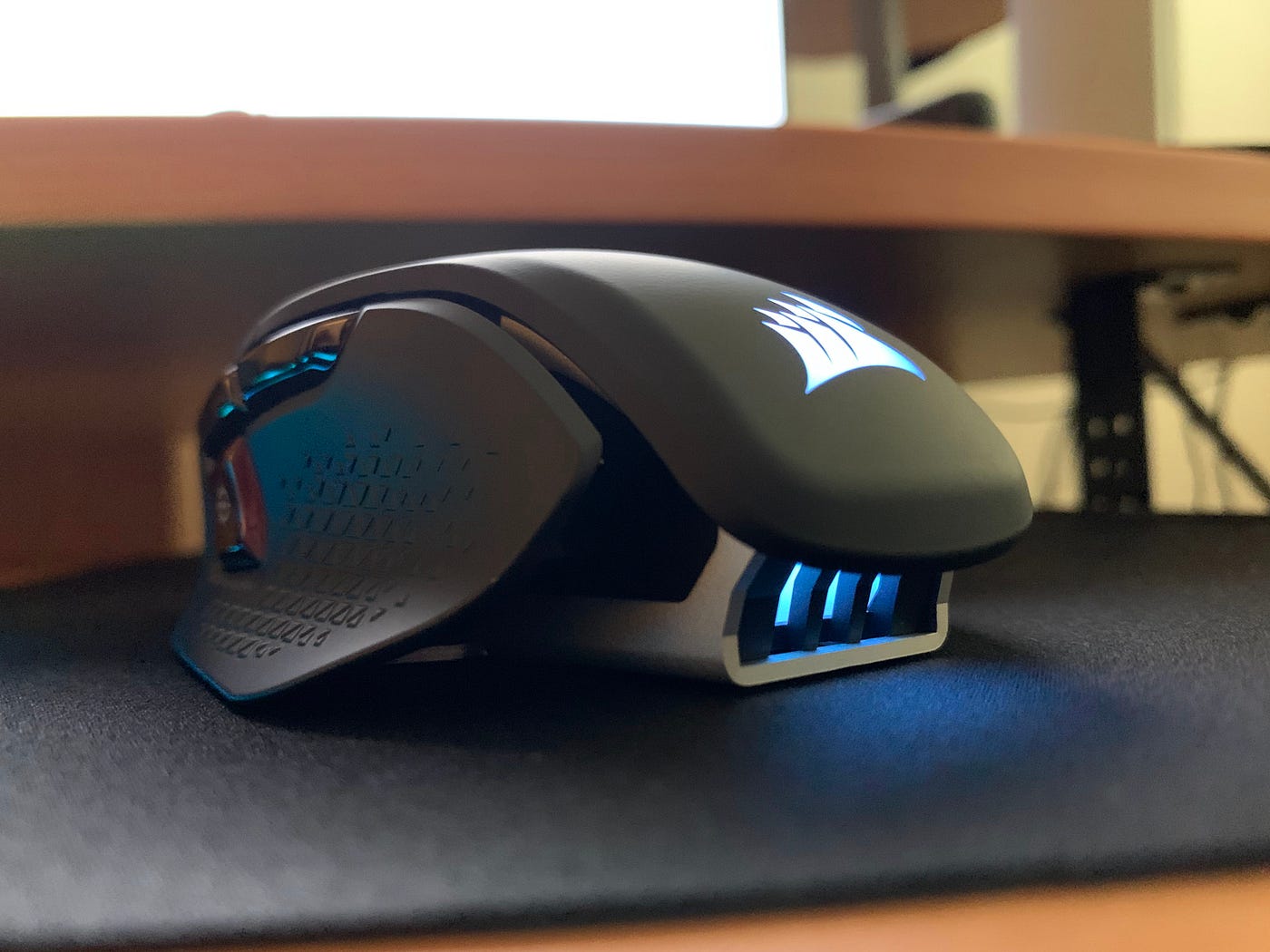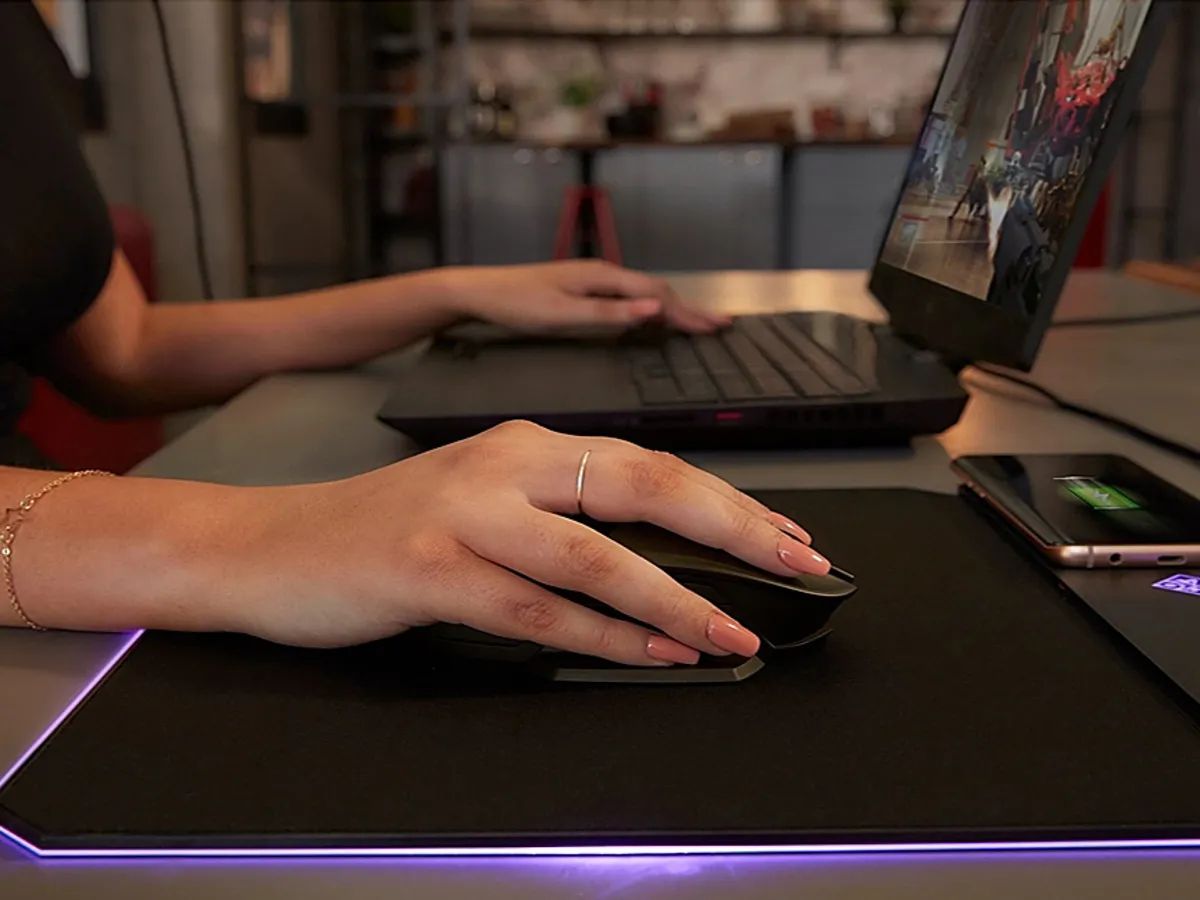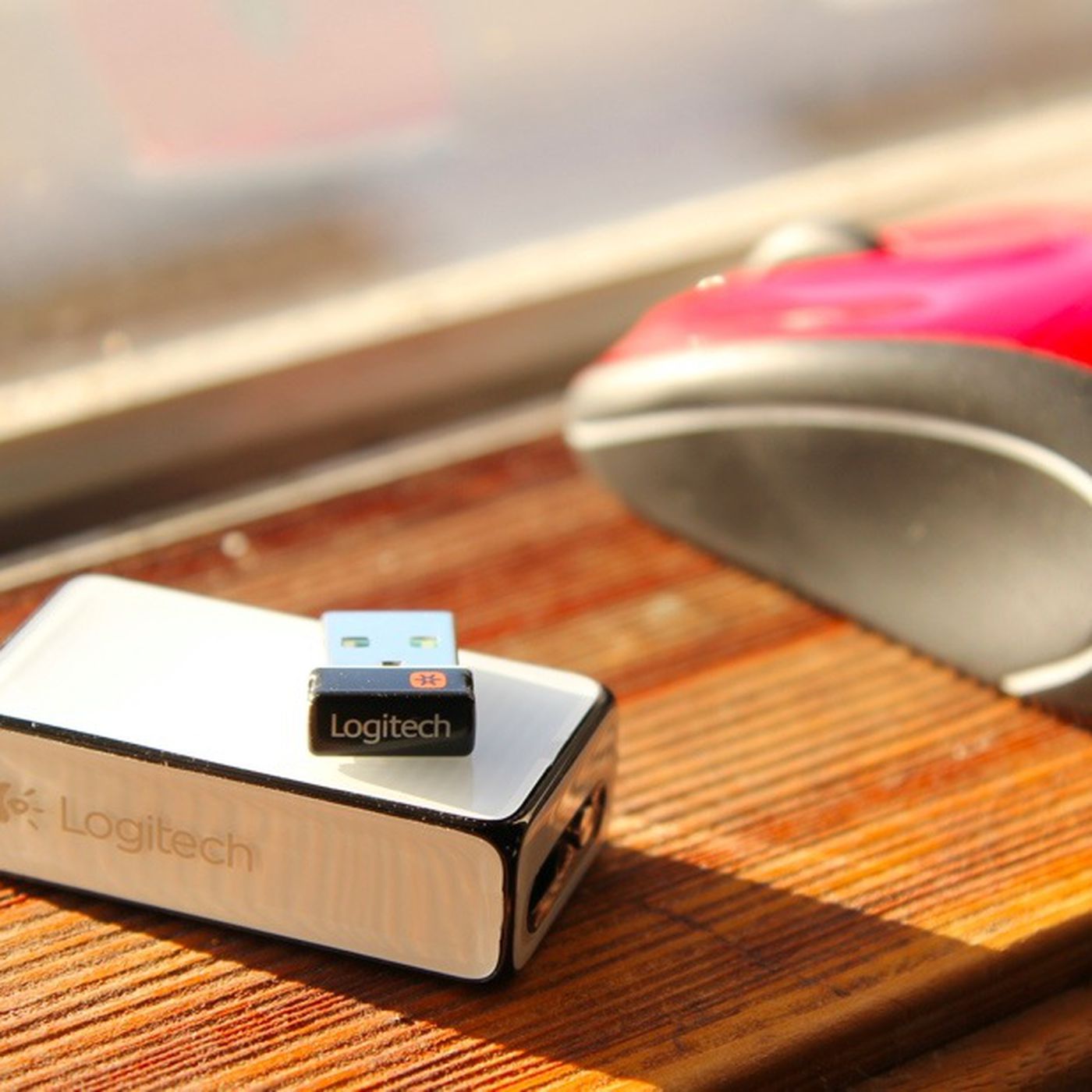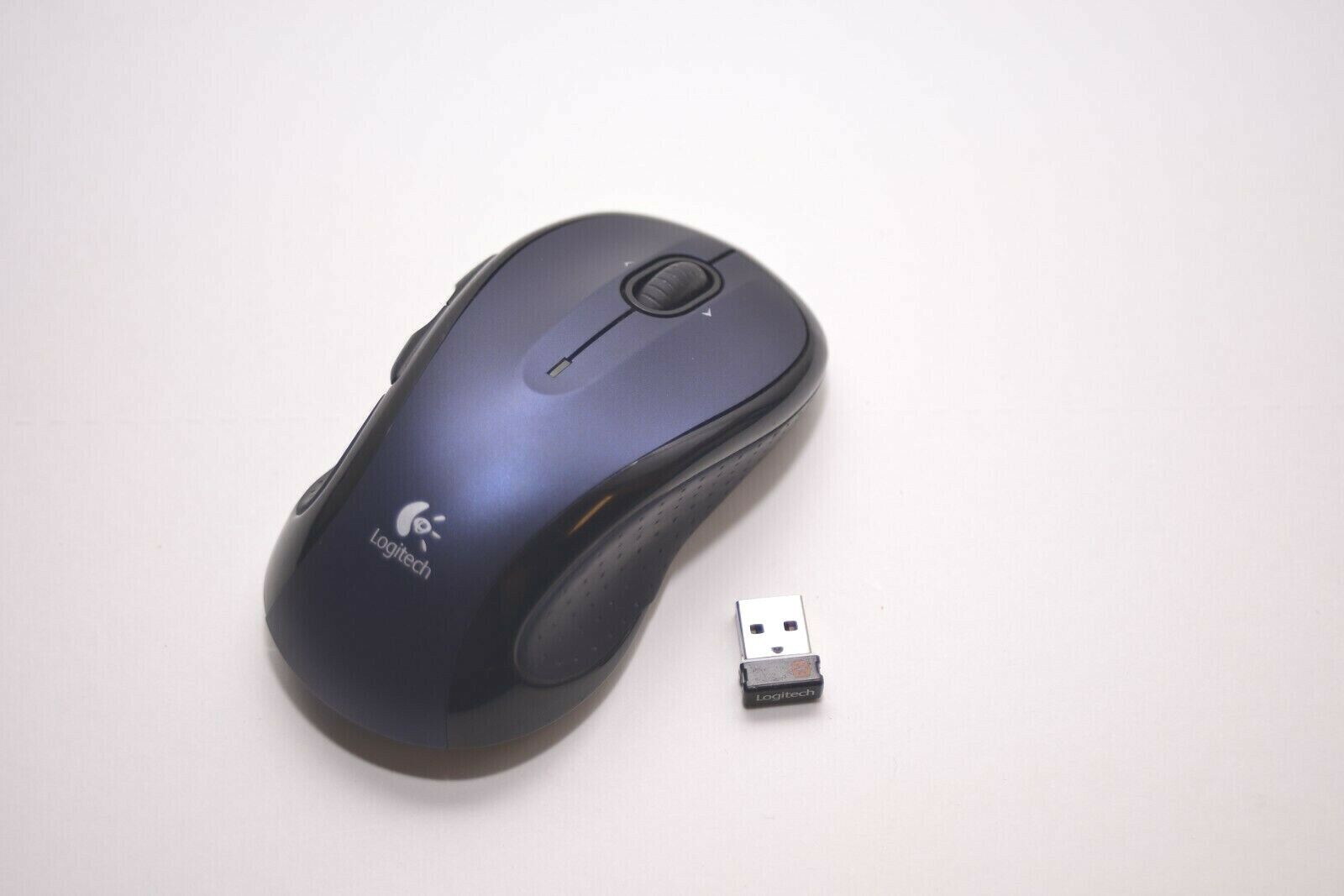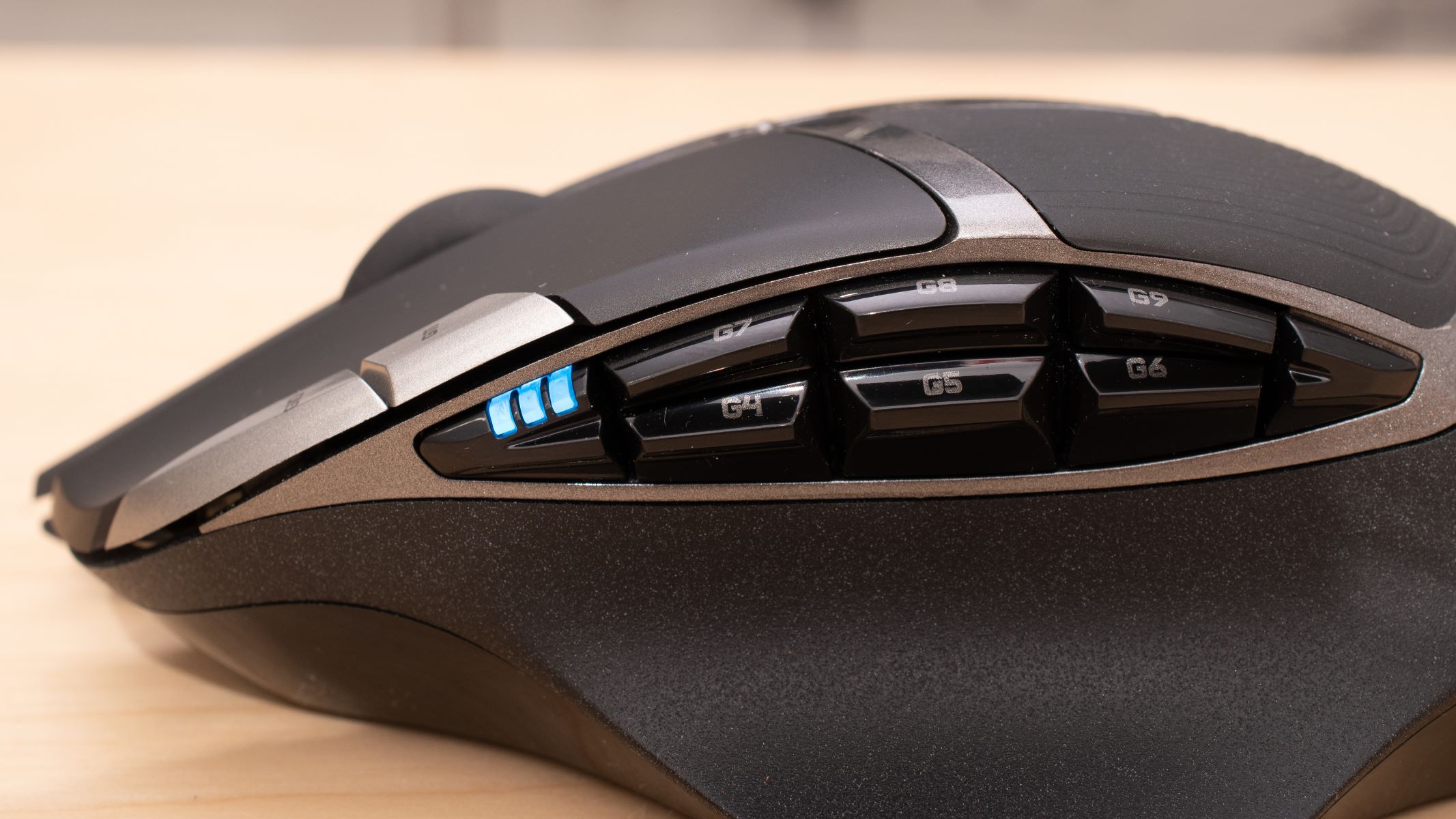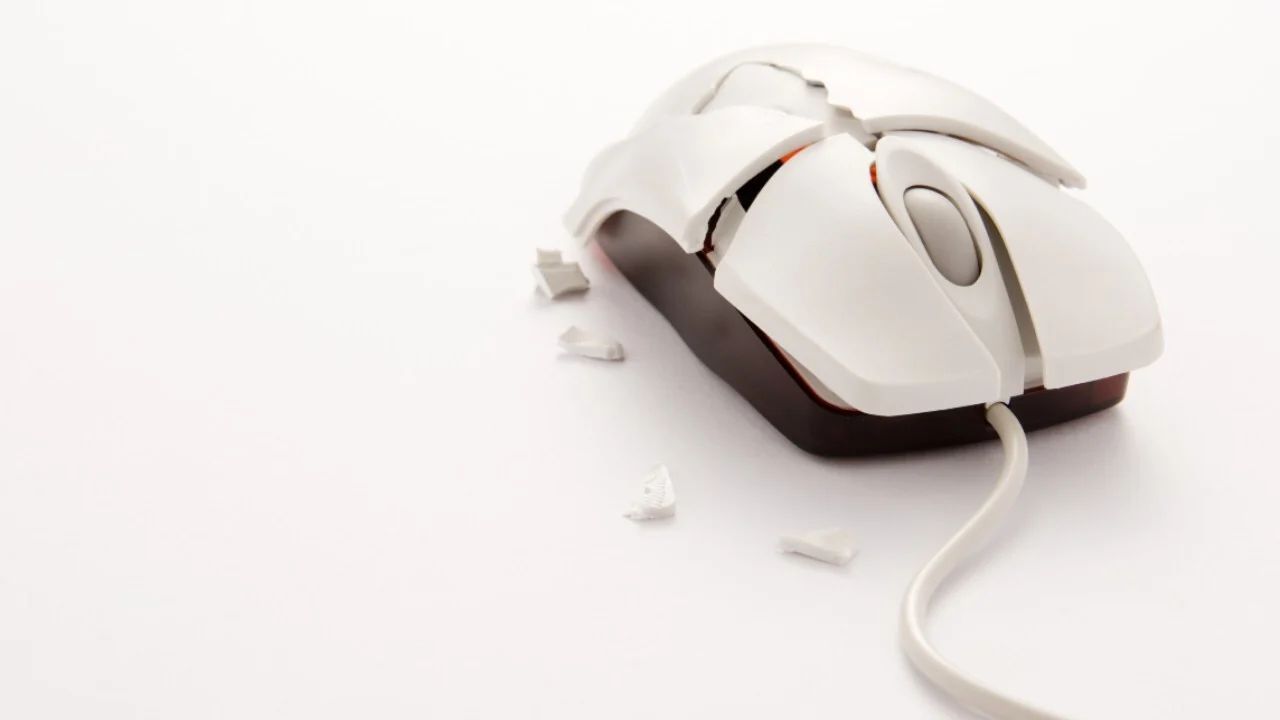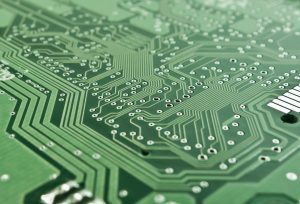Introduction
Introduction
Are you experiencing frustrating delays or lags while using your gaming mouse? This issue can significantly affect your gaming performance and overall experience. Fortunately, there are several effective solutions to address gaming mouse lag, allowing you to enjoy seamless and responsive gameplay.
Gaming mouse lag can be caused by various factors, including hardware issues, outdated drivers, improper settings, and interference. Identifying the root cause of the problem is crucial in implementing the most suitable solution. By following the steps outlined in this guide, you can troubleshoot and resolve gaming mouse lag, ultimately enhancing your gaming sessions and achieving optimal performance.
Whether you're an avid gamer or simply seeking to improve the responsiveness of your mouse, understanding the potential causes and solutions for gaming mouse lag is essential. With the right adjustments and optimizations, you can eliminate lag and enjoy a smoother, more immersive gaming experience. Let's delve into the steps to diagnose and resolve gaming mouse lag, empowering you to take control of your gaming performance.
Check Your Hardware
When encountering gaming mouse lag, it’s essential to first assess the condition of your hardware. A faulty or incompatible mouse, worn-out mouse pad, or USB port issues can contribute to input delays and affect your gaming experience. Here’s how you can examine your hardware to pinpoint potential causes of gaming mouse lag:
- Mouse Condition: Inspect your gaming mouse for any physical damage, such as worn-out mouse feet or debris obstructing the sensor. Additionally, ensure that the mouse buttons and scroll wheel are functioning correctly. If you suspect hardware issues, consider testing your mouse on another computer to determine if the problem persists.
- Mouse Pad: The surface on which you use your mouse plays a crucial role in its responsiveness. A worn-out or dirty mouse pad can impede smooth cursor movement and cause lag. Consider cleaning or replacing your mouse pad to eliminate potential hindrances to your mouse’s performance.
- USB Port and Cable: Connect your gaming mouse to different USB ports on your computer, as a malfunctioning port can lead to input delays. Additionally, examine the mouse cable for any signs of wear or damage. Using a different USB cable or port can help identify if the issue is related to connectivity.
By thoroughly examining your hardware, you can identify and address any issues that may be contributing to gaming mouse lag. Once you have ruled out hardware-related concerns, you can proceed to explore other potential factors affecting your mouse’s responsiveness.
Update Your Drivers
Outdated or corrupted mouse drivers can lead to input delays and affect the overall performance of your gaming mouse. Keeping your drivers up to date is crucial for ensuring optimal functionality and responsiveness. Here’s how you can update your mouse drivers to mitigate gaming mouse lag:
- Manufacturer’s Website: Visit the official website of your mouse’s manufacturer to check for the latest driver updates. Manufacturers often release new drivers to address performance issues and enhance compatibility with different operating systems.
- Device Manager: Access the Device Manager on your computer and locate your gaming mouse under the “Mice and other pointing devices” section. Right-click on the mouse and select “Update driver” to allow Windows to search for the latest driver software online. This process can automatically update your mouse drivers to the most recent version.
- Automatic Driver Update Tools: Consider using reputable automatic driver update tools that can scan your system for outdated drivers and download the necessary updates. These tools simplify the process of keeping all your device drivers, including your gaming mouse drivers, up to date.
By ensuring that your mouse drivers are current, you can address potential compatibility issues and benefit from performance enhancements provided by updated drivers. This proactive approach can significantly reduce input lag and contribute to a smoother gaming experience.
Adjust Your Mouse Settings
Optimizing your mouse settings can play a pivotal role in minimizing input lag and enhancing precision during gaming sessions. By adjusting various parameters, such as sensitivity and acceleration, you can tailor your mouse’s behavior to better suit your gaming preferences. Here are some key settings to consider:
- Mouse Sensitivity: Experiment with the sensitivity settings in your mouse configuration software or system settings. Lower sensitivity can provide finer control over cursor movement, while higher sensitivity may suit fast-paced gaming. Finding the right balance can significantly impact your gaming performance.
- Enhanced Pointer Precision: In the Windows operating system, the “Enhance pointer precision” option can introduce mouse acceleration, potentially leading to inconsistent cursor movement. Consider disabling this feature to achieve more predictable and precise mouse control.
- Polling Rate: Check if your gaming mouse offers adjustable polling rates. Increasing the polling rate can result in more frequent communication between the mouse and the computer, potentially reducing input lag and providing a more responsive experience.
- Acceleration Settings: If you prefer consistent cursor movement without acceleration, ensure that mouse acceleration is turned off in both your mouse settings and operating system preferences. This can contribute to smoother and more predictable cursor behavior.
By fine-tuning these settings based on your gaming preferences and playstyle, you can mitigate input lag and achieve greater precision and control with your gaming mouse. Experimenting with different configurations and observing their impact on your gaming performance can help you identify the optimal settings for an immersive gaming experience.
Disable Enhancements
Various system enhancements and features, such as mouse acceleration, pointer trails, and visual effects, can inadvertently contribute to gaming mouse lag. Disabling these enhancements can streamline your system’s resources and improve the responsiveness of your gaming mouse. Here’s how you can disable these features to minimize input lag:
- Mouse Acceleration: In some operating systems, mouse acceleration is enabled by default, leading to non-linear cursor movement. Disabling mouse acceleration can result in more consistent and predictable mouse behavior, particularly during gaming. Check your system settings or mouse configuration software to turn off this feature.
- Pointer Trails: Visual effects such as pointer trails, while aesthetically pleasing, can introduce additional processing overhead and impact the responsiveness of your mouse. Disable pointer trails in your system settings to reduce unnecessary visual effects that may contribute to input lag.
- Visual Effects: Adjust your system’s visual effects settings to prioritize performance over visual enhancements. By reducing the graphical load on your system, you can allocate more resources to mouse input processing, potentially reducing lag and improving overall responsiveness.
By disabling these system enhancements, you can streamline your system’s resources and prioritize mouse input processing, ultimately reducing input lag and creating a more responsive gaming environment. These adjustments can lead to a smoother and more immersive gaming experience, allowing you to fully leverage the capabilities of your gaming mouse.
Use a Wired Connection
While wireless gaming mice offer convenience and flexibility, they can introduce latency and signal interference, potentially leading to input lag during intense gaming sessions. Transitioning to a wired connection can significantly reduce these issues and enhance the responsiveness of your gaming mouse. Here’s how you can benefit from using a wired connection:
- Latency Reduction: Wired connections eliminate the inherent latency associated with wireless communication, ensuring that your mouse inputs are transmitted to your computer with minimal delay. This can result in instantaneous cursor movement and more precise control during gaming.
- Signal Stability: Wireless interference from other devices or environmental factors can disrupt the signal between your mouse and the receiver, leading to inconsistent responsiveness. By using a wired connection, you can mitigate the impact of external interference and maintain a stable and reliable connection.
- Consistent Power Supply: Wired gaming mice are powered directly through the USB connection, ensuring a consistent power supply without the need for battery management. This eliminates the possibility of input lag caused by a low battery or power fluctuations, providing uninterrupted gaming performance.
By transitioning to a wired connection, you can minimize the potential sources of input lag associated with wireless communication, ultimately enhancing the responsiveness and precision of your gaming mouse. This shift can contribute to a more seamless and immersive gaming experience, allowing you to focus on gameplay without being hindered by input delays.
Reduce Background Processes
Excessive background processes and resource-intensive applications can monopolize system resources, leading to input lag and impacting the performance of your gaming mouse. By minimizing unnecessary background tasks and optimizing system resources, you can create a more responsive environment for gaming. Here’s how you can reduce background processes to mitigate input lag:
- Task Manager: Access the Task Manager on your computer to identify and close unnecessary background processes that may be consuming system resources. Sort processes by CPU and memory usage to pinpoint resource-intensive applications that can potentially affect gaming performance.
- Startup Programs: Review and manage the list of programs that launch at startup. Disabling non-essential startup programs can reduce the initial system load and free up resources, creating a more responsive environment for gaming and minimizing input lag.
- Background Services: Evaluate background services running on your system and disable any that are not essential for system operation. This can help allocate more resources to gaming-related tasks, optimizing the overall responsiveness of your gaming mouse.
By reducing the impact of background processes on system resources, you can create a more streamlined and efficient environment for gaming, minimizing input lag and enhancing the responsiveness of your gaming mouse. These optimizations can contribute to a smoother and more immersive gaming experience, allowing you to fully immerse yourself in your favorite games without being hindered by system-related delays.
Check for Interference
Interference from various sources, such as wireless devices and electronic equipment, can disrupt the signal between your gaming mouse and its receiver, leading to input lag and inconsistent responsiveness. Identifying and mitigating potential sources of interference is crucial for optimizing the performance of your gaming mouse. Here’s how you can check for and address interference issues:
- Wireless Devices: Other wireless devices operating in close proximity to your gaming mouse can interfere with its signal transmission. Devices such as Wi-Fi routers, Bluetooth peripherals, and cordless phones can introduce signal interference. Consider relocating or turning off these devices to minimize potential signal disruptions.
- Electromagnetic Interference: Electronic equipment and appliances, such as microwave ovens, fluorescent lights, and power cables, can emit electromagnetic interference that affects wireless signals. Positioning your gaming setup away from these sources of interference can help maintain a clear and consistent signal for your gaming mouse.
- Signal Obstruction: Physical obstructions between your gaming mouse and its receiver, such as walls, large metal objects, or other obstacles, can impede signal transmission and lead to input lag. Ensure that the line of sight between the mouse and the receiver is unobstructed to maintain a strong and reliable connection.
By identifying and addressing potential sources of interference, you can optimize the signal integrity and stability of your gaming mouse, reducing input lag and ensuring consistent responsiveness during gaming sessions. These proactive measures can contribute to a more seamless and enjoyable gaming experience, allowing you to focus on gameplay without being hindered by signal disruptions.
Conclusion
Addressing gaming mouse lag requires a systematic approach to troubleshooting and optimization. By checking your hardware for issues, updating your drivers, adjusting mouse settings, and minimizing potential sources of interference and system-related delays, you can significantly improve the responsiveness and precision of your gaming mouse. Whether you’re engaged in intense gaming sessions or seeking a more seamless computing experience, the steps outlined in this guide empower you to diagnose and resolve input lag effectively.
Optimizing your gaming mouse’s performance not only enhances your gaming experience but also contributes to overall productivity and precision in everyday computing tasks. By implementing the recommended solutions and adjustments, you can create an environment that prioritizes seamless mouse input and minimizes the impact of potential lag-inducing factors.
Understanding the interplay between hardware, software, and environmental factors is essential for achieving optimal gaming mouse performance. By addressing potential sources of input lag and interference, you can unlock the full potential of your gaming mouse, ensuring that it responds accurately and swiftly to your commands.
Ultimately, by following the guidance provided in this comprehensive guide, you can overcome gaming mouse lag and enjoy a more immersive, responsive, and enjoyable gaming experience. Embracing these optimizations empowers you to harness the full capabilities of your gaming mouse, enhancing your gaming performance and overall computing satisfaction.







